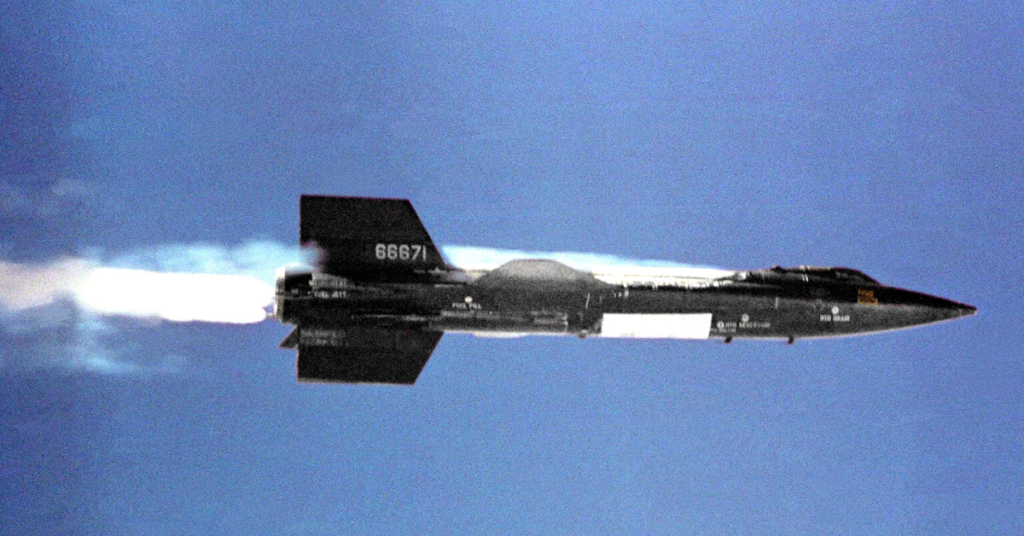
Known as the fastest manned rocket aircraft ever flown, the North American X-15 is an engineering marvel. It made the first manned flights to the edge of outer space and was the first aircraft to reach hypersonic speeds – that’s over five times the speed of sound. These accomplishments not only solidified its place in aviation history, but also aided in the development of a number of NASA spaceflight programs.
Development of the North American X-15
The North American X-15 was the culmination of years of work, which began in the 1940s with the Bell X-1 and continued into the ’50s. It was based on a concept study conducted for NASA‘s predecessor, the National Advisory Committee for Aeronautics (NACA), the results of which were passed onto both the US Air Force and Navy in July 1954.
The purpose for the new aircraft was for it to accurately test the conditions future astronauts would face as the United States furthered its exploration of space. North American Aviation was tasked with designing the airframe, while Reaction Motors was charged with providing the engines, which would allow it to reach the speeds intended for such trials.
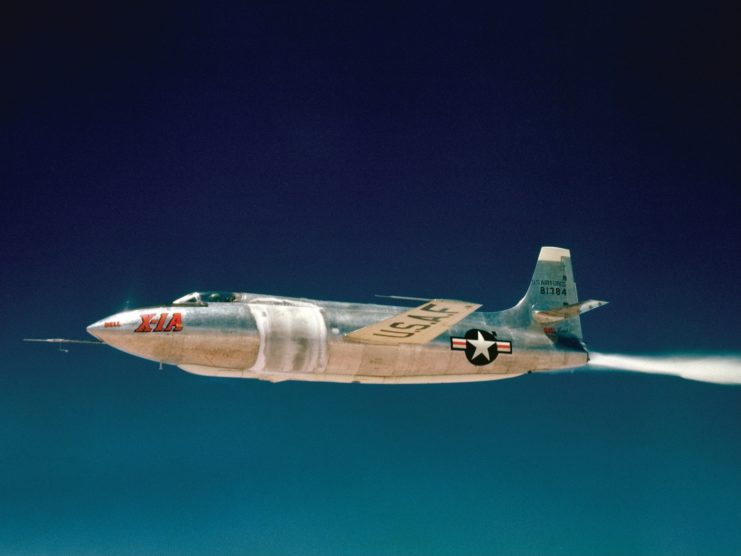
The X-15 was designed to be launched from a Boeing B-52 Stratofortress mothership. Two of the bombers were used throughout the aircraft’s service – an NB-52A known as the High and Mighty One and an NB-52B named Balls 8. This would ensure the X-15 could reach an adequate base speed (500 MPH) and altitude (8.5 miles above the earth), from which its engines would engage and allow it to travel on its own steam.
The first X-15 flight took place in June 1959, and just a few months later the aircraft was officially introduced into service.
North American X-15 specs
Only three North American X-15s were produced during its years of service. The first was a single-seat, mid-wing monoplane, which featured two XLR11 liquid-propellant rocket engines capable of producing 16,000 pounds-force of thrust. These were later replaced by the XLR99, which generated a whopping 57,000 pounds-force of thrust.
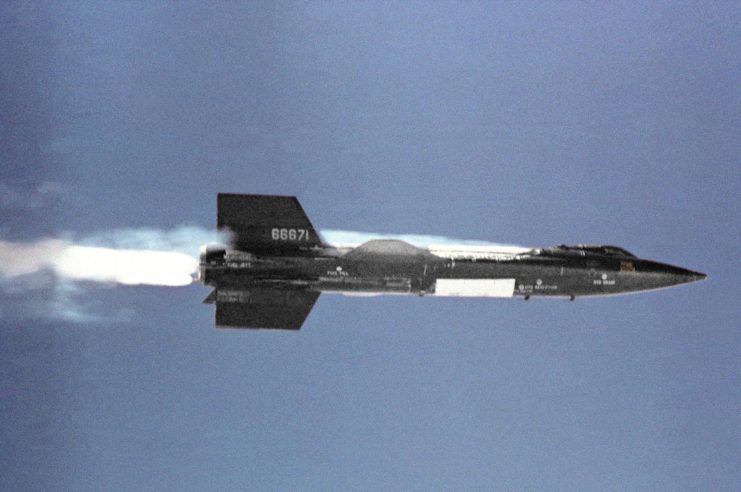
The aircraft’s fuselage featured rear fairings and wedge-fin stabilizers. Parts of it were covered in a heat-resistant nickel alloy known as “Inconel X,” to protect against the effects of flying so close to the edge of the earth. To keep pilots safe from such harsh conditions, the cabin was isolated from the exterior of the structure and made from aluminum.
To ensure the X-15 could be controlled in an environment without enough air for aerodynamic flight control surfaces, the Reaction Control System (RCS) was used, which could be controlled in one of two ways. If three joysticks were present in the cockpit, then the RCS was controlled by one of them. If there was only one, then an MH-96 flight control system was used, which combined those related to the aerodynamics and rockets.
Once launched from the B-52, the X-15’s rocket-powered engines would provide thrust for the first 80-120 seconds of flight. After this, it would glide at 200 MPH for between eight and 12 minutes, before landing. A thick wedge tail design and side panels were used to keep the X-15 stable at the hypersonic speeds it reached, but also produced a significant amount of base drag as the aircraft slowed.
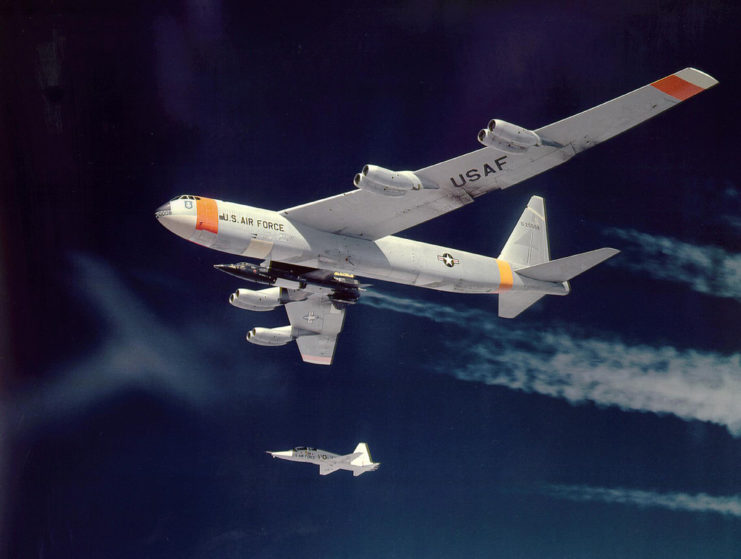
As with a number of other aircraft, the X-15 also featured an ejection seat. It was designed to operate at 120,000 feet and at speeds of up to Mach 4. Upon ejection, fins were deployed, which were used until the pilots had reached a safe enough speed and altitude to deploy their parachutes.
Influence on the future of spaceflight
Upon its development, the North American X-15 was placed in a number of different scenarios. Over its nearly 10 years of service, it conducted 199 flights with 12 pilots: five from NASA, one from the Navy, five from the Air Force and one from North American Aviation. One of those to fly the aircraft was famed astronaut Neil Armstrong, the first man to walk on the moon.
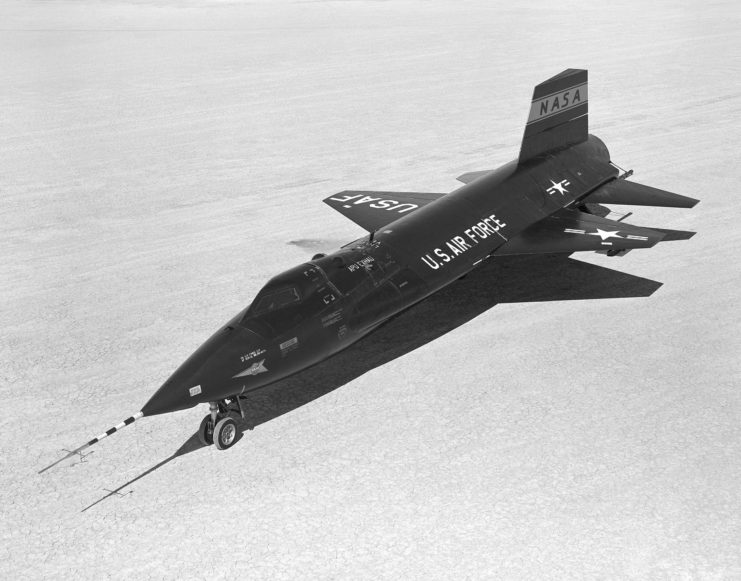
The X-15 set a number of speed and altitude records over the course of the 1960s, including the still-unbroken one for the highest speed ever recorded by a crewed, powered aircraft. Air Force Maj. William J. “Pete” Knight was in the cockpit on October 3, 1967 when he hit speeds of up to 4,520 MPH – Mach 6.72 – while at an altitude of 102,100 feet.
Of the pilots who flew the X-15, eight met the Air Force’s space flight criterion by exceeding the altitude of 50 miles (264,000 feet), which qualified them as astronauts. Those who were members of the service were given their military astronaut wings, but as NASA’s pilots were considered civilians, they weren’t granted the same honor until 2005.
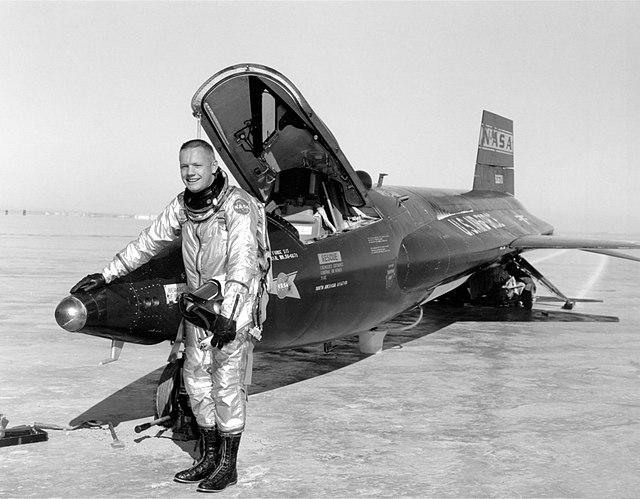
The X-15 was officially retired from service in December 1968, with the program deemed a success. The information gleamed from the nearly-200 flights helped NASA not only develop its Space Shuttle program, but also the famed Apollo (1961-72), Mercury (1958-63) and Gemini (1961-66) projects.
Today, the remaining X-15s can be found on display at the National Museum of the US Air Force in Dayton, Ohio and the National Air and Space Museum in Washington, DC.